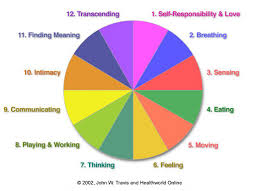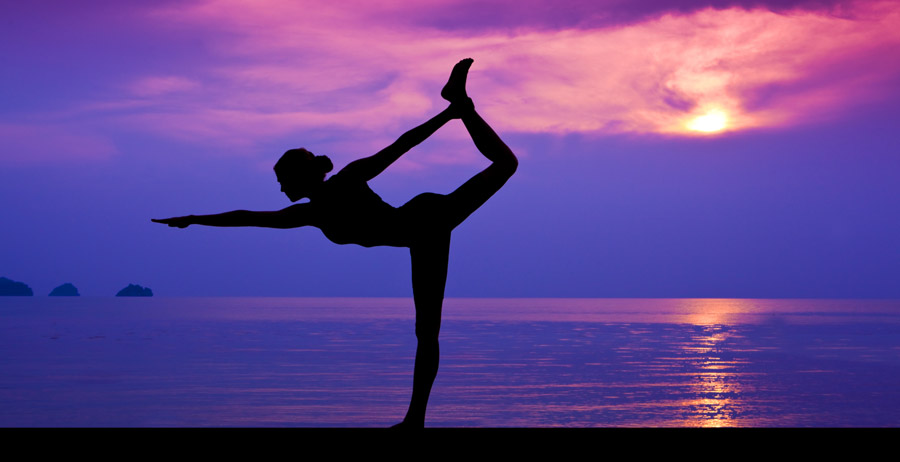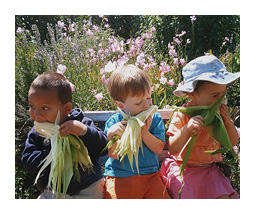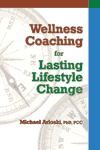When you think of people who have lost hope, you probably think about clients who struggle to get out of bed, stop caring for themselves, and may even give up the will to live. Actually, this can be a misrepresentation of hope. Most often in therapy, a lack of hope occurs when clients collide with the future and feel stuck and cannot become who and what they want to be. In essence, the stress, anxiety, trauma, and sadness about their collision with the future leave them hopeless, believing there is no or limited hope. Therapists must remember that hopelessness is not a permanent situation with no solution. For most people, losing hope is a temporary state of mind or being that occurs when things do not go as expected, and they feel stuck.

Feeling Hopeless?
Many clients find themselves feeling hopeless. They could not envision themselves reaching their idealized vision of the future. Let’s take a look at the stories of several people participating in my research studies:
- Sally is a single mother who works multiple jobs to make ends meet. She felt overwhelmed, wondered how her actions could make a difference, and eventually lost hope. The therapist helped Sally envision a future in which she combined the skills she gained in her jobs to develop a great resume and get a high-paying job that she loves.
- Jason was having difficulties achieving his educational goals. He encountered many challenges and obstacles and started feeling like giving up. Because Jason felt like he could never get to where he wanted, he began to lose hope. The therapist helped Jason positively envision a successful future by setting goals to find a more meaningful major, taking control of his study habits, and finding a tutor.
- After spending years caring for her elderly parents, Lakesha found that she was profoundly tense, snapped at people around her, suffered from physical symptoms of chronic stress, and lacked sufficient methods of self-care. She felt helpless and hopeless to move forward. The therapist helped Lakesha explore possibilities leading to her ideal future and assisted her in developing a sense of optimism.
- LeBron lost his life partner and felt depressed. A massive part of his self-identity was tied up in this relationship. He felt stuck, and he began to feel hopeless. The therapist helped LeBron activate hope by understanding the positive, motivating aspects of change and transitions. The therapist helped LeBron generate optimism, visualize the future LeBron, and remain flexible and open to the many possibilities and opportunities.
As you can see, people lose hope for all sorts of reasons. Feeling hopeless is a natural, universal response to personal and social events that impact life. While all people experience many ups and downs, some can recover more quickly than others. These people have hope.
What is Hope?

We have talked about hope, but what exactly is hope? Putting your finger on what constitutes hope is difficult because it is such an abstract concept. The dictionary defines hope as a feeling of positive expectation and the belief that something great will happen in the future. This definition, however, conjures up crossing your fingers and engaging in wishful thinking. Hope is much more. Being hopeful is about remaining positive, focused, and goal-oriented until achieving a desired future.
Why is hope so important? How does hope manifest itself in your life? Hope is powerful in many ways:
- Hope is that feeling that keeps clients going and gives them something to live for.
- Hope is critical when clients are dealing with chronic stress, life problems, and challenges.
- Hope helps clients maintain resilience in the face of obstacles.
- Hope helps propel clients toward goals, even when things seem stressful or uncertain.
- Hope provides a positive vision of all of life’s possibilities, a plan to make this vision a reality, and the practical tools to look forward to a better future.
- Hope helps clients remain committed to their goals and motivated to take action toward achieving them.
- Hope gives clients a reason to continue fighting and believe that their current circumstances will improve despite the unpredictable nature of human existence.
- Most importantly, hope reduces stress and builds resilience to cope.
When your clients feel hopeless, they need help learning to cultivate significant levels of hope to build resilience, move forward, and find a life filled with possibilities. While hope is undoubtedly a personal experience that can be challenging to define, hope’s value and optimistic impact on human life are widely recognized and difficult to ignore.
Written by John J. Liptak, Ed.D.
References
Frederickson, B. (2009). Positivity: Top-notch research reveals the 3-to-1 ratio that will change your life. New York, NY: Harmony.
Leutenberg, E.R.A., & Liptak, J.J. (2016). The journey to transcendence teen workbook. Bohemia, NY: Bureau for At-Risk Youth.
Rorty, R. (2022). What can we hope for?: Essays on politics. Princeton, NJ: Princeton University Press.
Snyder, C.R. (1994). The psychology of hope: You can get there from here. Los Angeles, CA: Free Press.
Worthington, E. (2005). Hope-focused marriage counseling: A guide to brief therapy. Westmont, IL: IVP Academic.


 The term “Well-being” may have come along at just the right time. Public speakers and marketers are re-branding “wellness” as “well-being” by saying that well-being is more complete, more holistic. Well-being, they say, incorporates the whole person, their environment, their financial picture, their career, etc. On the one hand it’s too bad that we have to invent a new term to refresh our memory of what wellness really is. On the other, with the way that corporations and organizations have allowed their wellness programs and products to deteriorate into overly simplistic efforts, based on single-measurable-variable pieces of research, well-being may be the kick in the pants that reminds us about “Whole-Person Wellness”.
The term “Well-being” may have come along at just the right time. Public speakers and marketers are re-branding “wellness” as “well-being” by saying that well-being is more complete, more holistic. Well-being, they say, incorporates the whole person, their environment, their financial picture, their career, etc. On the one hand it’s too bad that we have to invent a new term to refresh our memory of what wellness really is. On the other, with the way that corporations and organizations have allowed their wellness programs and products to deteriorate into overly simplistic efforts, based on single-measurable-variable pieces of research, well-being may be the kick in the pants that reminds us about “Whole-Person Wellness”. that people are a lot more complicated. The result has been too many health behavior studies measuring one aspect of activity, one blood lipid level, one blood sugar level. While those little building blocks all help to assemble the scientific foundation we need, too much is concluded from them. In our online digital world a simple study with twenty subjects, run one time, has its results proclaimed as headline news.
that people are a lot more complicated. The result has been too many health behavior studies measuring one aspect of activity, one blood lipid level, one blood sugar level. While those little building blocks all help to assemble the scientific foundation we need, too much is concluded from them. In our online digital world a simple study with twenty subjects, run one time, has its results proclaimed as headline news.

 health and well-being. We are seeing how having safe green spaces to walk, play and exercise increase the health of communities. Part of our approach to wellness/well-being is to step outside of a myopic corporate perspective and remember that not everyone works for a company with the benefits of a wellness program. Being inclusive of under-served populations in both rural and urban areas, Native American/First Nations Reservations, and others means maintaining this big-picture view of what wellness/well-being means.
health and well-being. We are seeing how having safe green spaces to walk, play and exercise increase the health of communities. Part of our approach to wellness/well-being is to step outside of a myopic corporate perspective and remember that not everyone works for a company with the benefits of a wellness program. Being inclusive of under-served populations in both rural and urban areas, Native American/First Nations Reservations, and others means maintaining this big-picture view of what wellness/well-being means.
